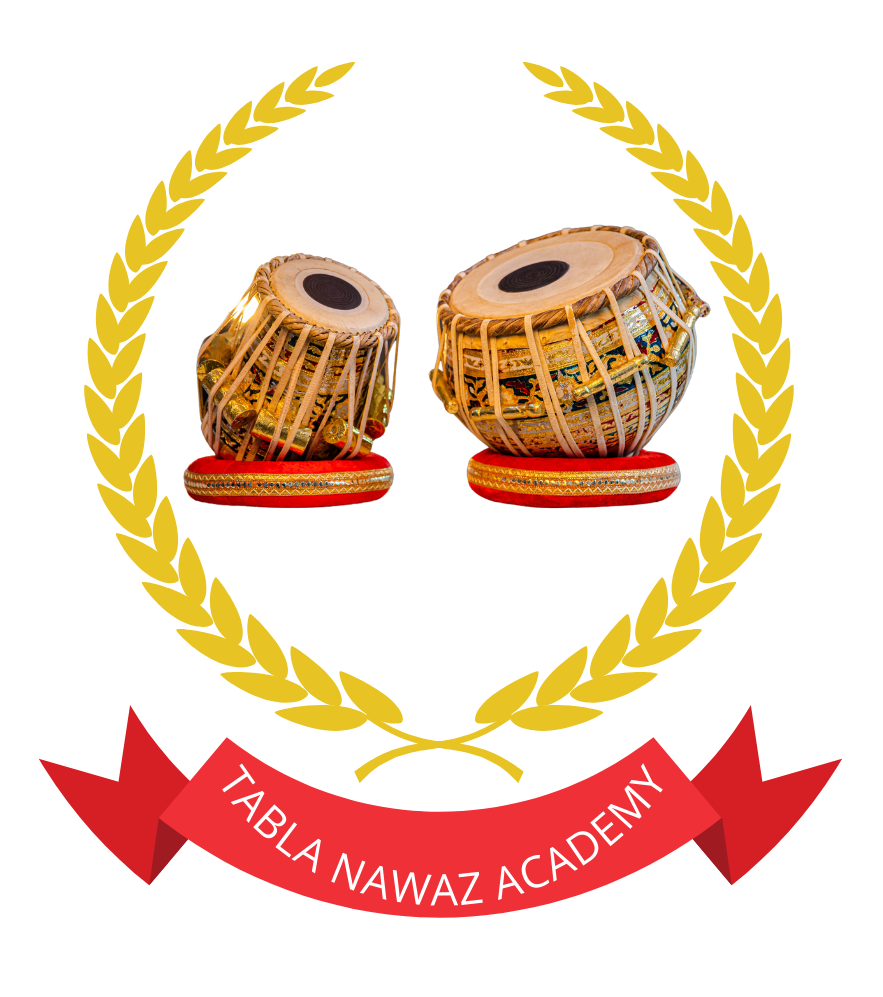The Art Of Tabla Playing IntroductionThe tabla, with its rhythmic precision and melodic versatility, is the heartbeat of Indian classical music. This percussion instrument, often called the “queen of drums,” adds depth and texture to diverse genres—from soulful ragas to Bollywood hits. Did you know that the tabla’s split-drum design is unique, making it capable of producing a wider tonal range than most other drums worldwide? This blend of rhythm and melody has earned the tabla a place not just in Indian music but in global genres like jazz, fusion, and electronic music. In this blog, we’ll explore the history, techniques, and cultural significance of the tabla, while also diving into some modern songs where its beats shine.
Historical Context
The tabla’s origins date back over 300 years, believed to have evolved from ancient percussion instruments like the pakhawaj or mridangam. Its invention is often credited to Amir Khusrau, though there’s debate about its exact roots. What’s certain is that by the Mughal era, the tabla had become a staple of Hindustani classical music.
One fascinating anecdote is about Zakir Hussain, one of the world’s most celebrated tabla maestros, who began performing internationally at the age of 12! His legendary collaborations have elevated the tabla’s global reputation.
Technical Details
The tabla consists of two drums:
- Dayan (Right Drum) – Made of wood, this smaller drum produces high-pitched sounds and plays the melody.
- Bayan (Left Drum) – Crafted from metal or clay, this larger drum creates deep, bass-like sounds.
Each drum is coated with a black tuning spot (called “syahi”) that allows precise pitch modulation. The tabla is tuned using a small wooden hammer, and even slight adjustments can change its tone dramatically.
Playing Techniques:
- Na, Ta, Tin: High-pitched notes produced on the Dayan.
- Dha, Ge, Ke: Resonant bass sounds from the Bayan.
- Tirakita: A rapid combination of strokes, used in intricate compositions.
Rhythmic Patterns (Taal)
Tabla rhythms are built around taals, or rhythmic cycles, which serve as the foundation for Indian music. Each taal is divided into segments called vibhags and marked by claps or waves.
Popular taals include:
- Teentaal (16 beats): The most commonly used taal in classical and Bollywood music.
- Ektaal (12 beats): Known for its complexity and elegance.
- Dadra (6 beats): Often used in light classical and folk songs.
🎧 Listen to Teentaal: Teentaal Audio Clip
Famous Performances and Compositions
No discussion of tabla is complete without mentioning legends like Zakir Hussain, Alla Rakha, and Anindo Chatterjee. From mesmerizing solos to global collaborations, these maestros have showcased the tabla’s versatility.
One of Zakir Hussain’s most iconic performances is his collaboration with John McLaughlin’s Shakti, blending Indian rhythms with jazz guitar. Check out their performance of “Joy” to witness pure rhythmic magic.
🎥 Zakir Hussain & Shakti Performance
Popular Tabla-Featured Songs
The tabla isn’t limited to classical music—it has a prominent role in contemporary tracks too!
- “Breathless” by Shankar Mahadevan – The tabla adds a fast-paced rhythm to this iconic song.
- “Chaiyya Chaiyya” by A.R. Rahman – The beats create a vibrant, earthy feel.
- “Latika’s Theme” from Slumdog Millionaire – A perfect blend of tabla and orchestral strings.
- “Kanha” by Neeti Mohan – A soulful fusion track enriched by tabla rhythms.
Cultural Impact
The tabla’s influence transcends borders, with artists like Talvin Singh and Karsh Kale introducing it to electronic and fusion music. Talvin Singh’s Grammy-winning album OK is a prime example of how tabla fits seamlessly into global beats.
Fun fact: As of 2023, over 10,000 students outside India were actively learning the tabla, a testament to its growing global appeal.
Interactive Elements
Quiz:
What is the black tuning spot on the tabla called?
- A) Bayan
- B) Syahi
- C) Vibhag
- D) Gharana
Conclusion
The tabla is more than an instrument—it’s a bridge between tradition and innovation. From the classical concerts of Varanasi to the global music festivals of Berlin, its rhythmic beats resonate across the world. Whether you’re a seasoned musician or someone discovering the tabla for the first time, there’s always something magical about its sound.


